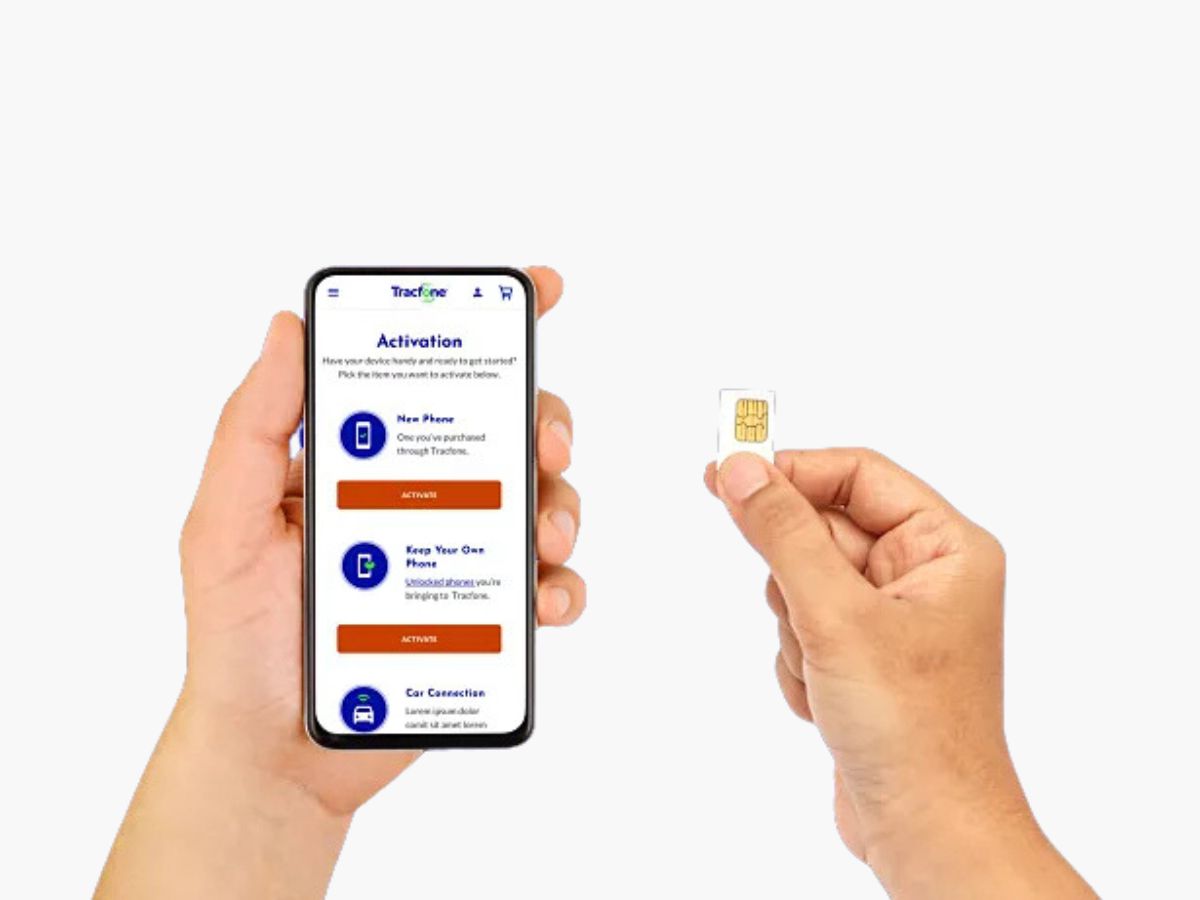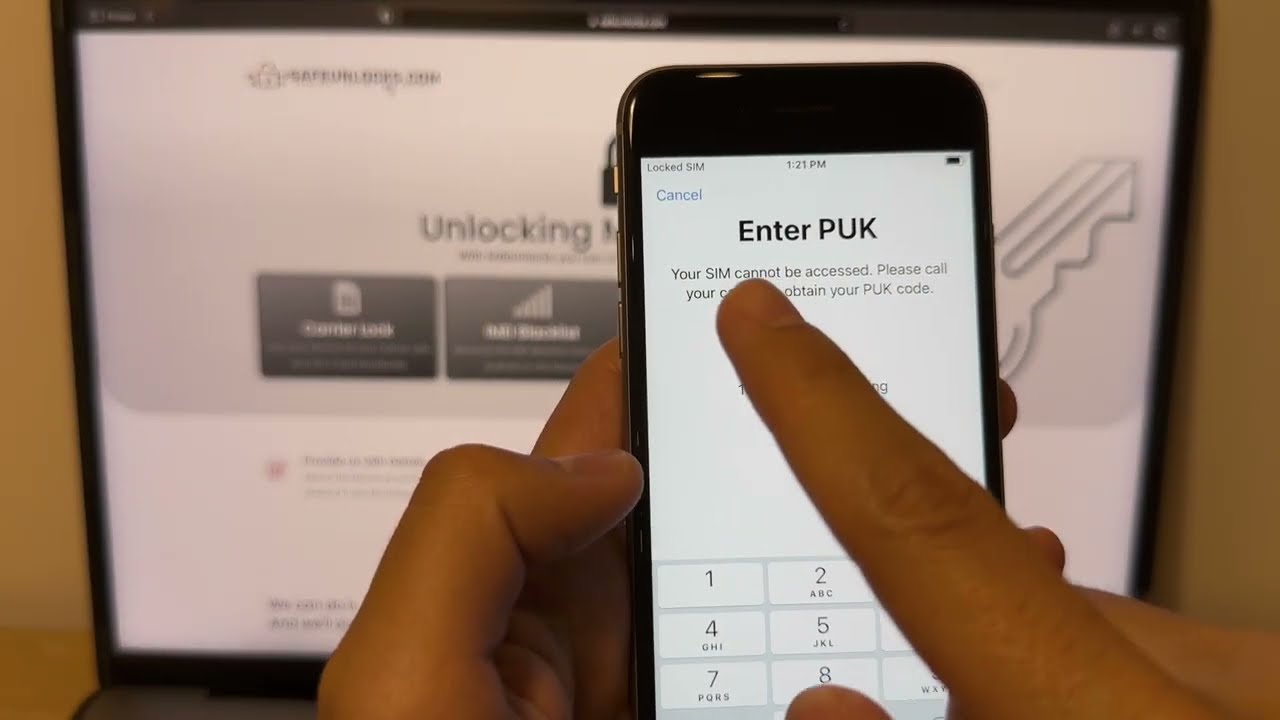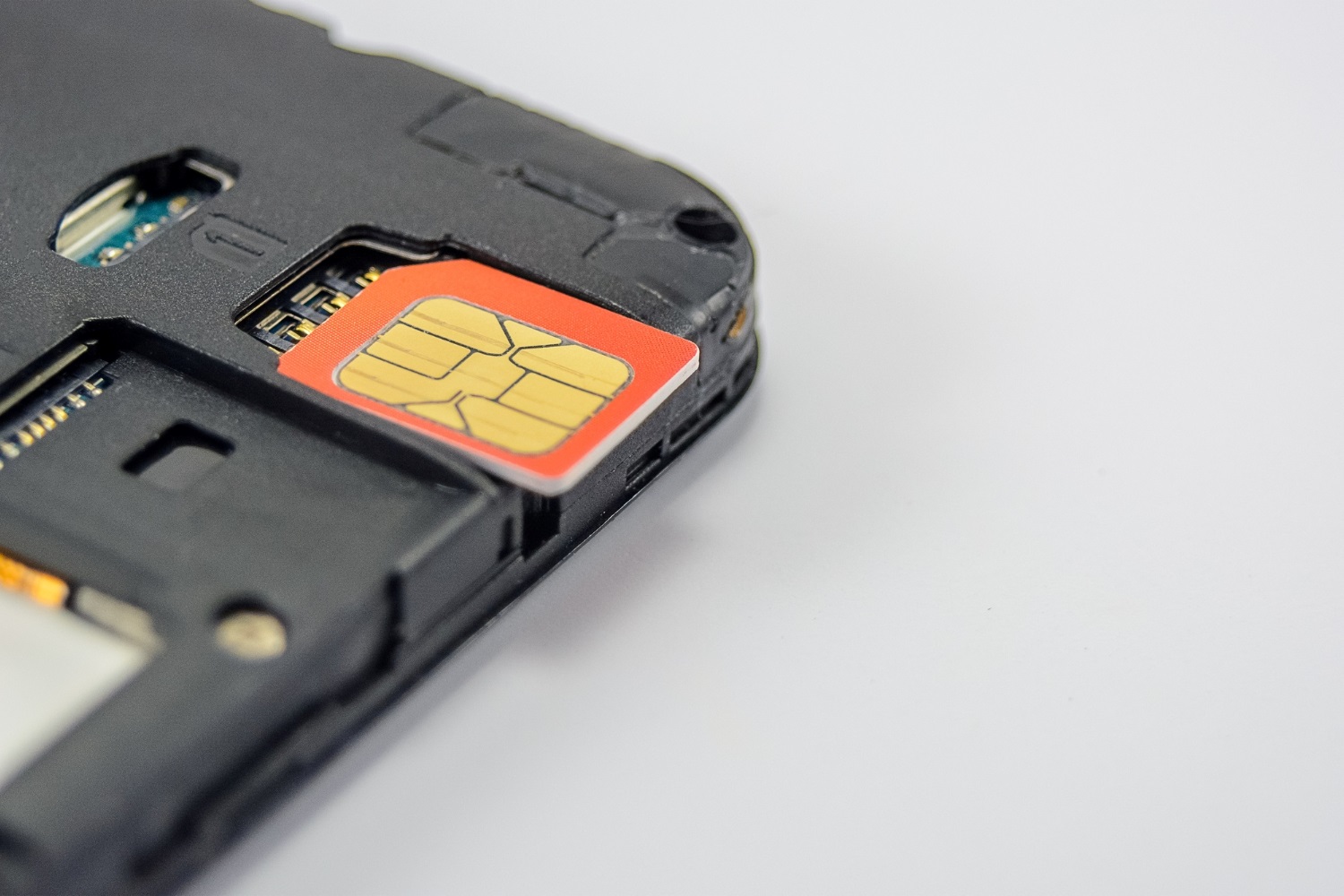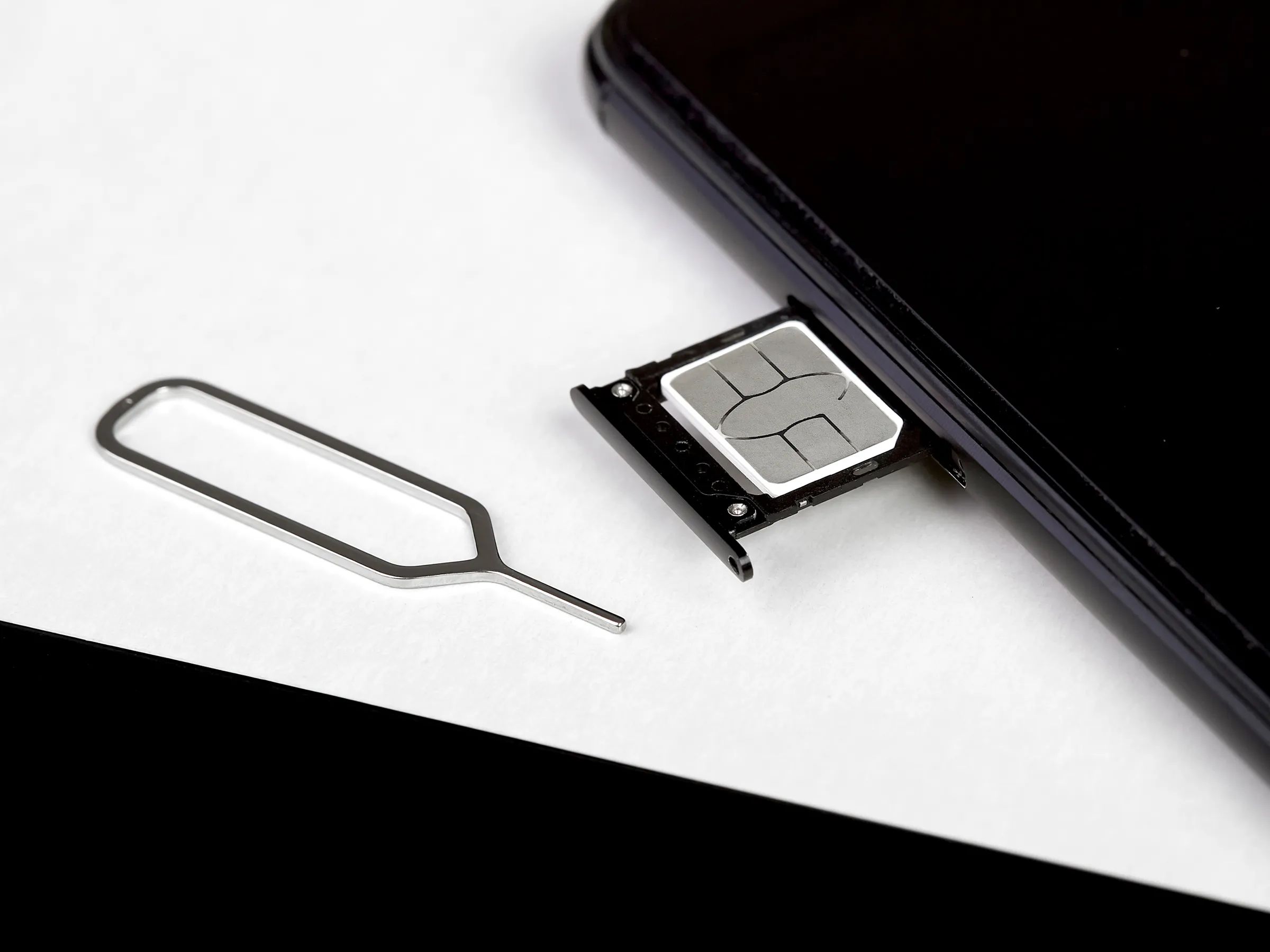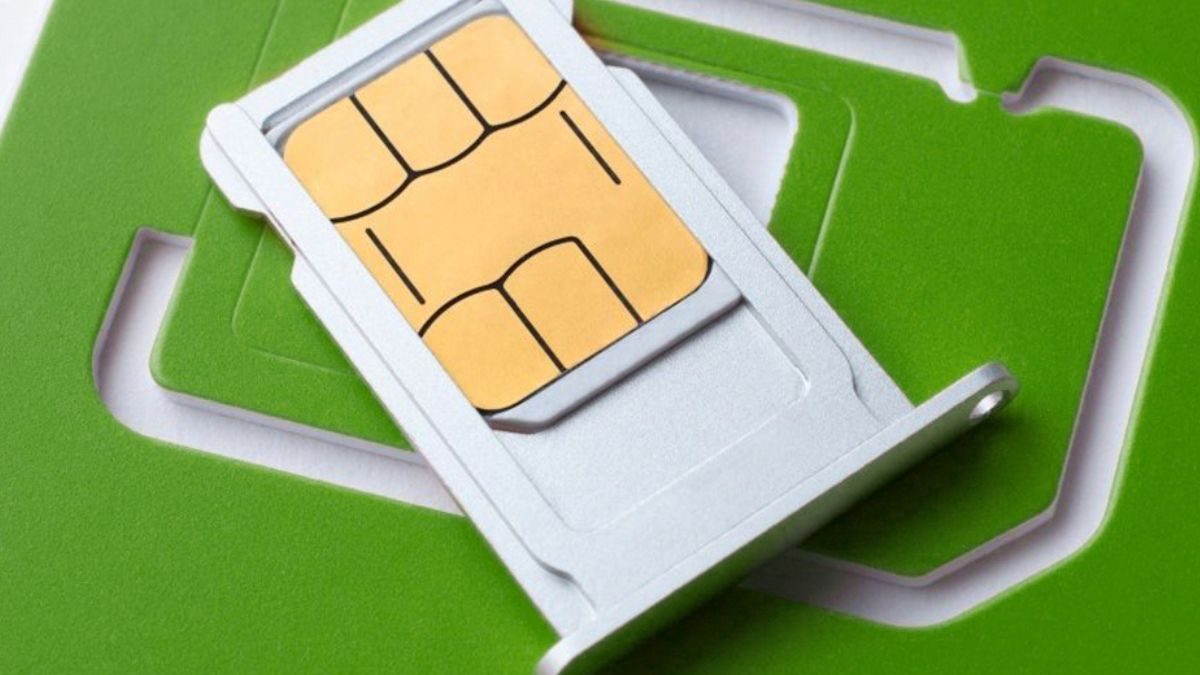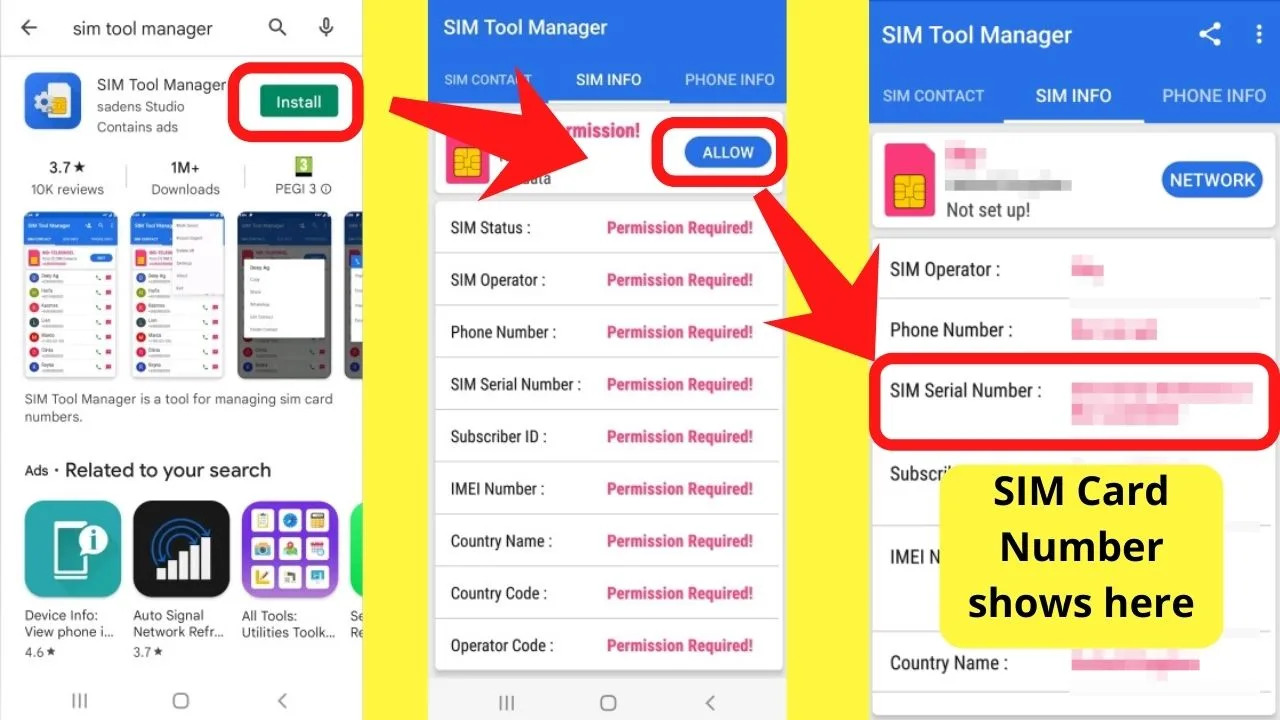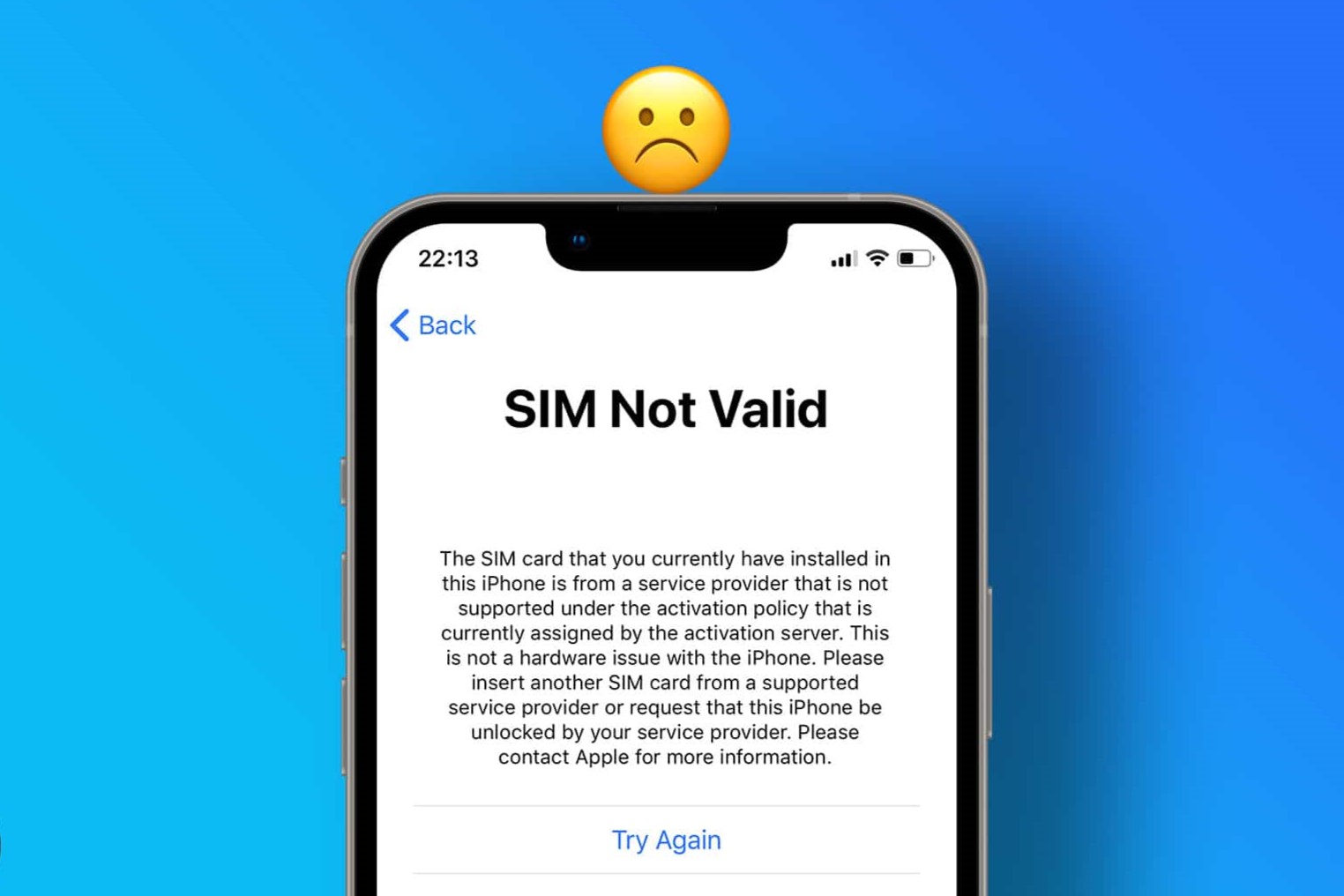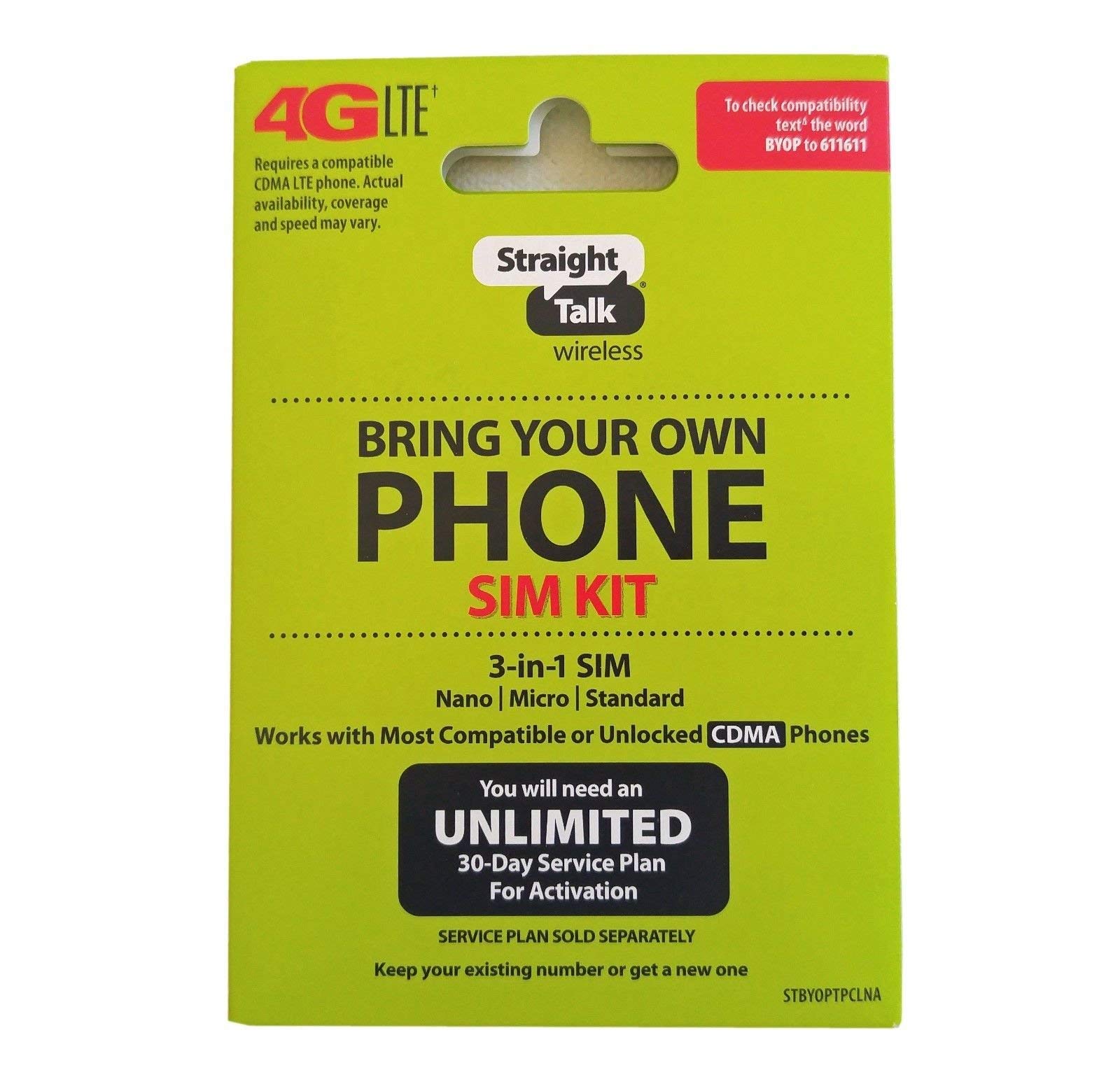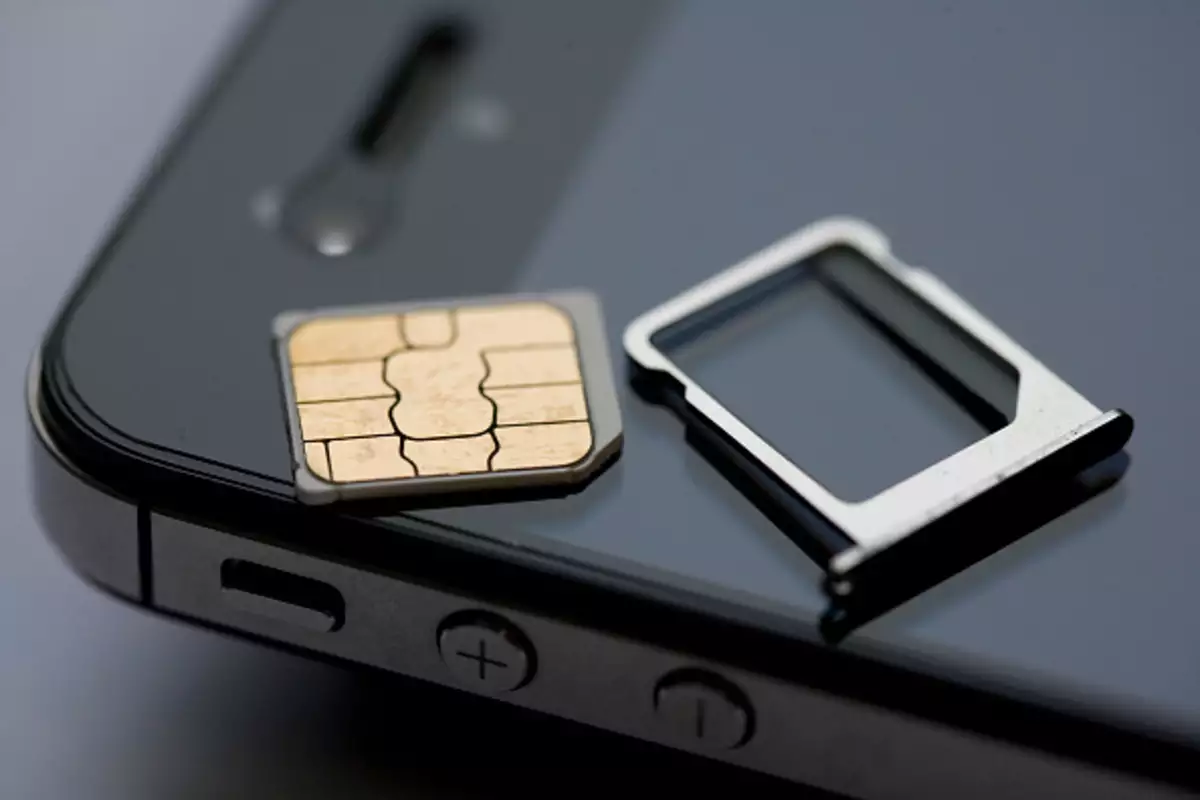Introduction
Mobile devices have become an integral part of our daily lives, serving as our gateway to the digital world. From staying connected with loved ones to accessing a wealth of information at our fingertips, mobile devices have revolutionized the way we interact with the world around us. A key component that enables these devices to connect to cellular networks and access mobile data is the Subscriber Identity Module (SIM) card. However, there are instances where accessing mobile data without a SIM card becomes necessary, prompting the exploration of alternative methods to stay connected on the go.
In this article, we will delve into the intricacies of mobile data access, shedding light on the role of SIM cards and the underlying mechanisms that drive mobile connectivity. Furthermore, we will explore the various methods available for accessing mobile data without a SIM card, catering to diverse scenarios where traditional SIM-based connectivity may not be feasible or practical. By understanding the nuances of mobile data access, individuals can make informed decisions and leverage alternative solutions to stay connected in an increasingly mobile-centric world.
What is a SIM Card?
A SIM card, short for Subscriber Identity Module, is a small, removable card that is inserted into mobile devices to facilitate connectivity to cellular networks. It serves as a unique identifier for the user and the mobile device, enabling access to voice, messaging, and data services. The SIM card contains essential information, including the International Mobile Subscriber Identity (IMSI), which is a unique identifier for the user, and the Integrated Circuit Card Identifier (ICCID), which is a unique identifier for the SIM card itself.
One of the primary functions of a SIM card is to authenticate the user on the mobile network, allowing them to make calls, send messages, and access mobile data services. This authentication process involves the SIM card communicating with the network to verify the user's identity and authorize access to the network's resources. Additionally, the SIM card stores key information such as the user's phone number and network-specific settings, ensuring seamless integration with the cellular network.
SIM cards come in various form factors, including the standard SIM, micro-SIM, and nano-SIM, catering to different device requirements. The evolution of SIM card technology has led to the development of embedded SIMs (eSIMs), which are integrated directly into the device, eliminating the need for a physical SIM card. eSIMs offer greater flexibility and can be remotely provisioned, allowing users to switch between mobile operators without physically changing SIM cards.
Furthermore, SIM cards play a crucial role in securing mobile communications through the use of encryption and authentication mechanisms. By leveraging cryptographic algorithms, SIM cards ensure the confidentiality and integrity of data transmitted over the cellular network, safeguarding sensitive information from unauthorized access.
In essence, SIM cards are fundamental components of mobile connectivity, enabling users to access a myriad of services while maintaining a secure and personalized mobile experience. Understanding the role of SIM cards provides valuable insights into the foundation of mobile communication and sets the stage for exploring alternative methods of accessing mobile data without traditional SIM card-based connectivity.
How Mobile Data Works
Mobile data enables users to access the internet and online services using cellular networks, providing a seamless and convenient means of staying connected on the go. Understanding the underlying mechanisms of mobile data transmission sheds light on the intricate processes that facilitate this ubiquitous form of connectivity.
When a mobile device accesses data services, it establishes a connection with the nearest cellular base station, also known as a cell tower. This connection serves as the gateway to the broader cellular network, enabling the transmission of data between the device and the network infrastructure.
The data transmitted from the mobile device is encapsulated into packets, which are then routed through the cellular network to reach their intended destination, such as a website server or online service. This process involves the use of various network protocols, including the Internet Protocol (IP), which governs the routing and delivery of data packets across the network.
To facilitate efficient data transmission, cellular networks utilize multiple frequency bands and modulation techniques to accommodate a large number of simultaneous connections. This allows for the seamless exchange of data between mobile devices and the network, ensuring a consistent and reliable internet experience.
Furthermore, mobile data transmission is secured through the use of encryption and authentication mechanisms, safeguarding the integrity and confidentiality of the data exchanged over the cellular network. This ensures that sensitive information, such as personal data and financial transactions, remains protected from unauthorized access.
The evolution of mobile data technology has led to advancements such as 4G and 5G networks, which offer higher data transfer speeds and lower latency, enhancing the overall mobile data experience. These advancements pave the way for innovative applications and services that leverage the capabilities of high-speed mobile data connectivity.
In essence, mobile data works by establishing a connection between the mobile device and the cellular network, enabling the transmission of data packets to and from the internet and online services. The seamless integration of network protocols, efficient spectrum utilization, and robust security measures collectively contribute to the pervasive nature of mobile data connectivity, empowering users to harness the full potential of the digital world from their mobile devices.
Accessing Mobile Data Without a SIM Card
In certain scenarios, accessing mobile data without a traditional SIM card becomes a necessity, prompting individuals to explore alternative methods for staying connected on their mobile devices. The absence of a SIM card may arise in situations where a device is not provisioned with a SIM, the SIM card is damaged or lost, or when traveling to a region where local SIM cards are not readily available. Moreover, the emergence of eSIM technology and the increasing prevalence of SIM-free devices have expanded the possibilities for accessing mobile data without relying on a physical SIM card.
The ability to access mobile data without a SIM card is particularly valuable for travelers who seek seamless connectivity across different regions without the constraints of traditional SIM-based roaming. Additionally, individuals who use secondary or backup devices may find it convenient to access mobile data without the need for a dedicated SIM card for each device.
As mobile devices have evolved, so too have the methods for accessing mobile data without a SIM card. Innovative technologies such as eSIMs have redefined the landscape of mobile connectivity, enabling users to provision their devices with virtual SIM profiles without the need for physical SIM cards. This flexibility allows users to switch between mobile operators and access data services on their devices, all without the constraints of a traditional SIM card.
Furthermore, advancements in wireless communication standards have paved the way for alternative connectivity options, such as utilizing Wi-Fi networks and tethering, to access mobile data without a SIM card. Wi-Fi connectivity provides a convenient means of accessing the internet and online services, especially in environments where cellular coverage may be limited. Tethering, which involves sharing a device's internet connection with other devices, enables users to leverage the data connection of a primary device without the need for individual SIM cards in each device.
In essence, the landscape of mobile connectivity has transcended the confines of traditional SIM card-based access, offering alternative methods that cater to diverse user needs and scenarios. By embracing these alternative methods, individuals can maintain seamless access to mobile data, empowering them to stay connected and productive in an increasingly mobile-centric world.
Methods for Accessing Mobile Data Without a SIM Card
In the absence of a traditional SIM card, individuals have access to a range of innovative methods to stay connected and access mobile data on their devices. These methods cater to diverse scenarios, offering flexibility and convenience in the realm of mobile connectivity.
eSIM Technology
The advent of eSIM technology has revolutionized the way users provision their devices with mobile connectivity. eSIMs, or embedded SIMs, are integrated directly into the device, eliminating the need for a physical SIM card. This technology enables users to remotely provision their devices with virtual SIM profiles, allowing for seamless switching between mobile operators without the constraints of physical SIM cards. By leveraging eSIM technology, users can access mobile data without the reliance on traditional SIM cards, providing a new level of flexibility and convenience in mobile connectivity.
Wi-Fi Connectivity
Wi-Fi networks serve as a ubiquitous means of accessing the internet and online services, offering an alternative to traditional cellular connectivity. In scenarios where cellular coverage may be limited, Wi-Fi connectivity provides a reliable and high-speed connection for accessing mobile data. By leveraging Wi-Fi hotspots in public spaces, homes, and businesses, users can stay connected on their devices without the need for a SIM card, enhancing their mobility and accessibility to online resources.
Tethering
Tethering, also known as mobile hotspot, enables users to share their device's internet connection with other devices, effectively extending mobile data access without the need for individual SIM cards in each device. This method is particularly useful for individuals who possess a primary device with mobile data capabilities and seek to share the connection with secondary devices such as tablets, laptops, or other mobile devices. Tethering empowers users to maximize the utility of their mobile data connection, fostering seamless connectivity across multiple devices.
SIM-Free Devices
The emergence of SIM-free devices, which are not bound to a specific mobile operator or SIM card, provides users with the freedom to access mobile data without the constraints of traditional SIM-based connectivity. These devices are designed to operate without a physical SIM card, leveraging alternative connectivity methods such as eSIM technology or Wi-Fi connectivity to enable seamless access to mobile data services.
In essence, the evolution of mobile connectivity has ushered in a new era of flexibility and versatility, offering users a myriad of methods for accessing mobile data without traditional SIM cards. By embracing these innovative methods, individuals can transcend the limitations of traditional SIM-based connectivity, empowering them to stay connected and productive in an increasingly mobile-centric world.
Conclusion
In conclusion, the landscape of mobile connectivity continues to evolve, offering users a diverse array of methods for accessing mobile data without traditional SIM cards. The role of SIM cards in facilitating mobile connectivity is fundamental, providing a unique identifier for users and devices while enabling seamless access to voice, messaging, and data services. However, the emergence of innovative technologies such as eSIMs, coupled with the ubiquity of Wi-Fi connectivity and the flexibility of tethering, has redefined the possibilities for staying connected on mobile devices.
The advent of eSIM technology has ushered in a new era of flexibility and convenience, allowing users to provision their devices with virtual SIM profiles without the constraints of physical SIM cards. This transformative approach to mobile connectivity empowers users to switch between mobile operators seamlessly, catering to diverse user needs and preferences. Furthermore, the prevalence of Wi-Fi networks serves as a ubiquitous alternative for accessing mobile data, offering reliable and high-speed connectivity in environments where cellular coverage may be limited.
Tethering, or mobile hotspot, provides users with the ability to extend their device's internet connection to other devices, fostering seamless connectivity without the need for individual SIM cards in each device. This method enhances the utility of mobile data access, enabling users to stay connected across multiple devices while maximizing the capabilities of their primary device.
Moreover, the emergence of SIM-free devices signifies a paradigm shift in mobile connectivity, offering users the freedom to access mobile data without traditional SIM cards. These devices leverage innovative connectivity methods such as eSIM technology and Wi-Fi, providing users with a seamless and versatile mobile experience.
By embracing these alternative methods for accessing mobile data without traditional SIM cards, individuals can navigate diverse scenarios, from traveling across regions to utilizing secondary devices, without the constraints of traditional SIM-based connectivity. The evolving landscape of mobile connectivity underscores the adaptability and resilience of modern mobile devices, empowering users to stay connected and productive in an increasingly mobile-centric world.
In essence, the future of mobile connectivity is characterized by flexibility, innovation, and versatility, offering users a wealth of options for accessing mobile data without traditional SIM cards. As technology continues to advance, the possibilities for seamless and convenient mobile connectivity are boundless, ensuring that users can stay connected and engaged with the digital world, regardless of the absence of a physical SIM card.







